China’s Military Drills: On Thursday, China launches two days of military exercises aimed at encircling Taiwan. This action was described by China as a “strong punishment” for Taiwan’s perceived “separatist acts.”
Political Context: The drills followed the swearing-in of Lai Ching-te as Taiwan’s new president. In his inauguration speech, Lai spoke of a “glorious” new era of democracy for Taiwan, which China denounced as a “confession of independence.”
China’s Stance on Taiwan: China views Taiwan as a part of its territory and has repeatedly stated its intention to bring the island under its control, using military force if necessary.
Drill Details: The military exercises, scheduled for Thursday and Friday, involve aircraft and naval vessels surrounding Taiwan. According to the Chinese military, the drills are designed to “test the joint real combat capabilities of the forces of the command.”
Taiwan’s Response: Taiwan swiftly reacted to China’s announcement, deploying its own forces to “defend freedom.” Taiwan’s Ministry of National Defence condemned the drills as irrational provocations that threaten regional peace and stability. They affirmed their commitment to defending the freedom, democracy, and sovereignty of Taiwan, officially known as the Republic of China.
Chinese Reprisals: Prior to the drills, China had warned of severe consequences in response to Lai’s speech. Chinese diplomat Wang Yi criticized Taiwanese separatists, declaring they would be condemned by history.
Military Operations: The exercises, named “Joint Sword-2024A,” focus on several key military objectives: joint sea-air combat-readiness patrols, battlefield control, and precision strikes on critical targets. These operations are conducted in the Taiwan Strait and around Taiwan’s northern, southern, and eastern regions, including outlying islands like Kinmen, Matsu, Wuqiu, and Dongyin.
Historical Tensions: The drills are intended as a “strong punishment” for Taiwanese independence movements and as a warning against external interference. China, which separated from Taiwan in 1949 after a civil war, considers the island a breakaway province that must be reunified with the mainland, by force if needed.
Recent Relations: Relations between China and Taiwan have deteriorated, with China increasing its military pressure on the island, raising concerns about a possible invasion.
Strategic Message: Analysts believe China’s latest drills are meant to send a strong message to President Lai and his supporters. Observers expect these exercises to be significant and possibly more threatening than those conducted previously.
Past Drills: Similar drills were conducted in August 2023, following Lai’s visit to the United States, and in April 2023 after his predecessor, Tsai Ing-wen, met then-US House Speaker Kevin McCarthy. Major exercises also took place in 2022 after Nancy Pelosi’s visit to Taiwan and during Tsai’s subsequent transit through the US.
Global Implications: Stability in China-Taiwan relations is crucial for global powers due to Taiwan’s significant role in the global economy. The Taiwan Strait is a vital maritime trade route, and Taiwan is a key producer of semiconductors, essential components in modern technology and defense systems.
Bringing you the latest updates on finance, economies, stocks, bonds, and more. Stay informed with timely insights.

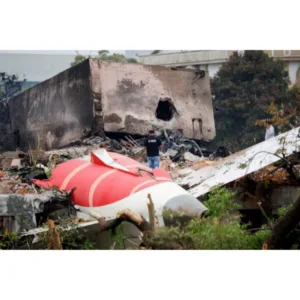
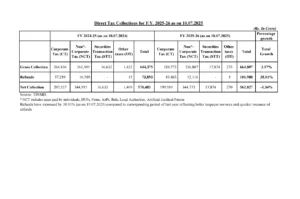
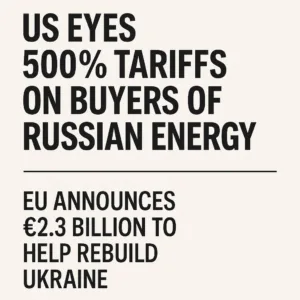

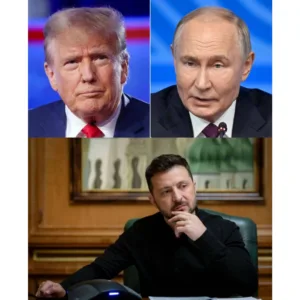


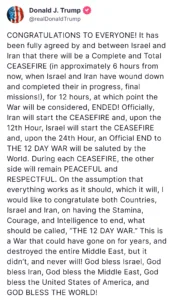

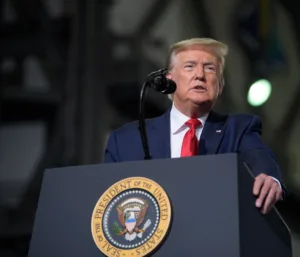
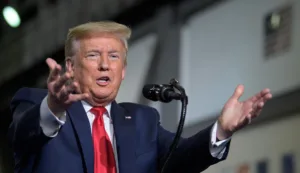



Be First to Comment